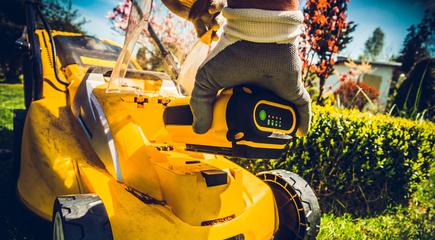Heat Pumps: The Future of Domestic Heating
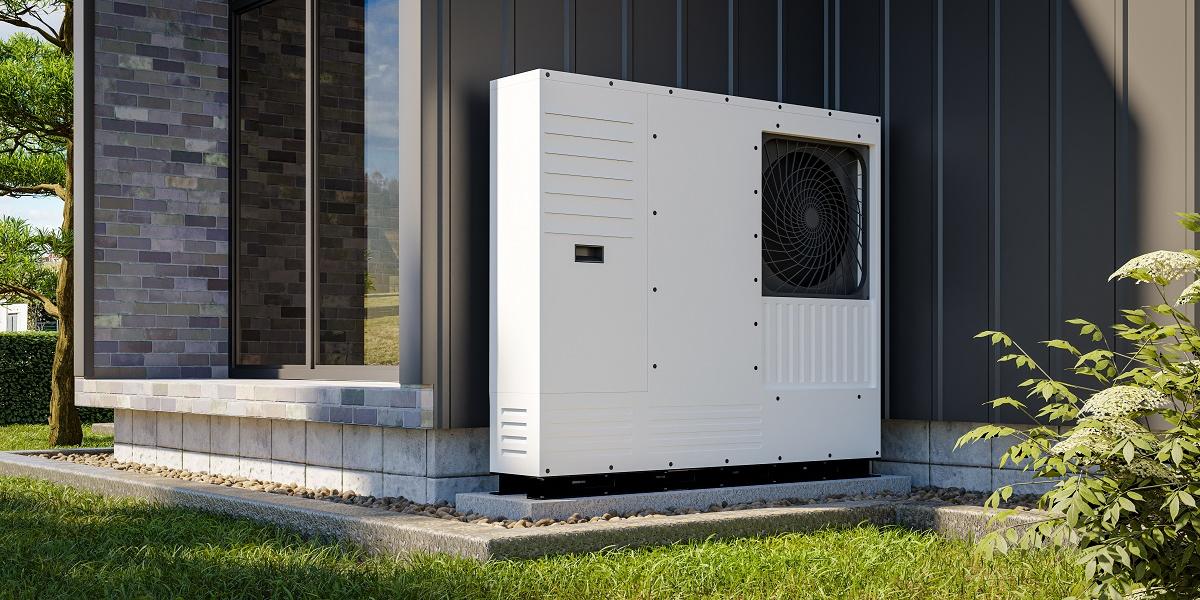
In the global quest to curb carbon emissions and foster sustainable living, heat pumps have emerged as a compelling alternative to traditional home heating methods. Unlike conventional systems that burn fossil fuels, heat pumps harness renewable energy from the environment, such as air, ground or water. This method safely transfers heat between locations at low running costs and lessens environmental impact.
Understanding Heat Pumps
Heat pumps utilize a coolant with a boiling point as low as -22 to -40 °F (-30 to -40 °C). It extracts heat from the outdoors, even during the winter, and transfers this heat indoors to warm the building. In the summer, some heat pumps work in reverse, effectively cooling the building by expelling heat outside.
Among the various types of heat pumps, those most suited for homes extract heat from outdoor air. They use a fan to blow warm air indoors, or heat water for radiators and underfloor heating. These air source heat pumps also provide cooling during summer, making them ideal for homes in warmer climates. Other heat pumps harness heat from pipes buried underground or from water bodies.
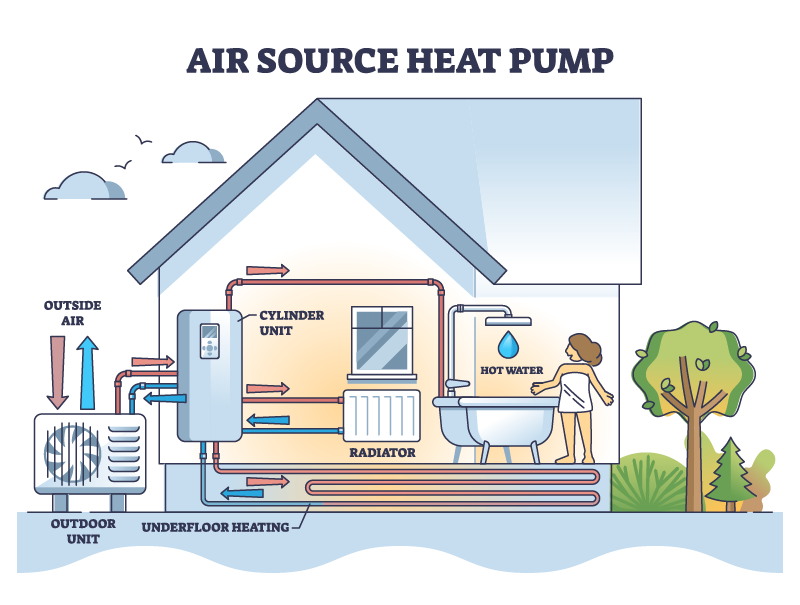
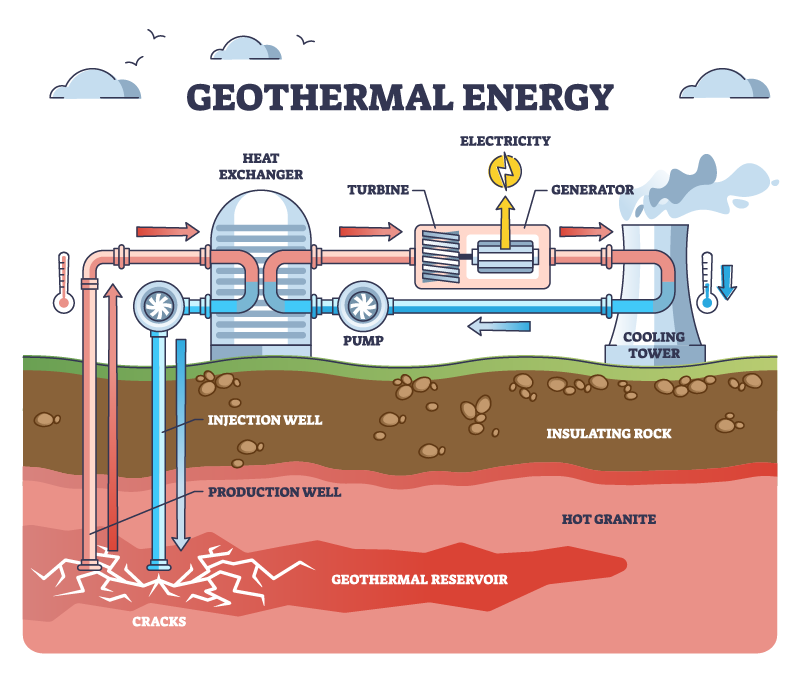
Energy Efficiency and Savings
The pressure on gas supplies and rising gas prices have made domestic heating a focal point for enhancing efficiency and promoting energy independence. Although heat pumps still use electricity, they are approximately 30% more efficient than traditional furnaces. The U.S. Department of Energy estimates that a home can save between $200 to $1300 annually, depending on the system being replaced. In Europe, where gas is the predominant heating source, higher gas prices mean even larger savings for heat pump users. Coupling heat pumps with solar or wind power further minimizes carbon emissions and creates an off-grid system.
Heat pumps are not only cheaper to maintain – requiring professional checks only every 3-5 years – but are also safer, more reliable and potentially longer-lasting than traditional furnaces.
Challenges
Despite their benefits, heat pumps have a few drawbacks. The most notable is the initial cost, which can be twice as much as a traditional furnace. Air source heat pumps are the most affordable and thus, most suitable for residential use. Conversely, geothermal and water systems require more extensive outdoor installations, thus making them better suited for larger office, industrial or apartment buildings.
Historically, heat pumps struggled in colder climates. However, recent advancements allow them to function effectively even at temperatures as low as -13°F (-25°C). Sustainability concerns about the refrigerants used also persist.
Government Initiatives
Governmental commitments to carbon neutrality have spurred various incentives for households to adopt more efficient technologies. In the U.S., low-to-moderate-income households can receive rebates for high-efficiency electric appliances like heat pumps. The U.S. government also announced funding in April to promote domestic heat pump manufacturing, aiming to render clean energy solutions more affordable and accessible while augmenting the country’s energy independence.
Similarly, most European countries offer subsidies for retrofitting homes with heat pumps, with some including new constructions. Some countries are poised to prohibit oil and gas-based furnaces in new homes by 2025.
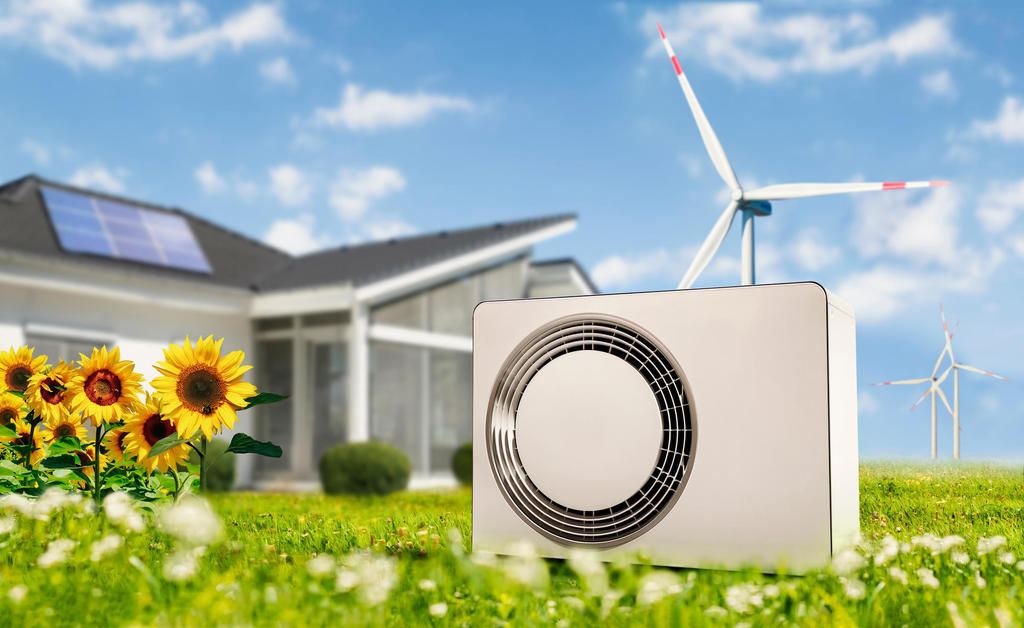
Market Trend
Heat pumps are gaining traction in the U.S. market. As of 2021, 40% of new homes in the USA feature air or ground heat pumps as their primary heating source, a significant rise from 23% in 2000. Though they are more common in warmer regions, the adoption of heat pumps in colder areas is expected to increase as the technology continues to improve.
Heat Pumps Need High-Efficiency Motor Drivers
Power Integrations is contributing to the advancement of efficient heat pumps with highly integrated BridgeSwitch motor driver ICs, perfect for driving fans and circulation pumps. The half-bridge architecture is highly efficient and offers best-in-class EMI.
Integrated features like temperature monitoring, high-voltage protection and motor-current feedback can cut the component count by up to 50%, enhancing reliability and reducing costs. Furthermore, the MotorXpert design software, along with built-in hardware protection and fault monitoring, can expedite certification time for IEC-60335 and IEC-60730 by several months, facilitating quicker market entry.



